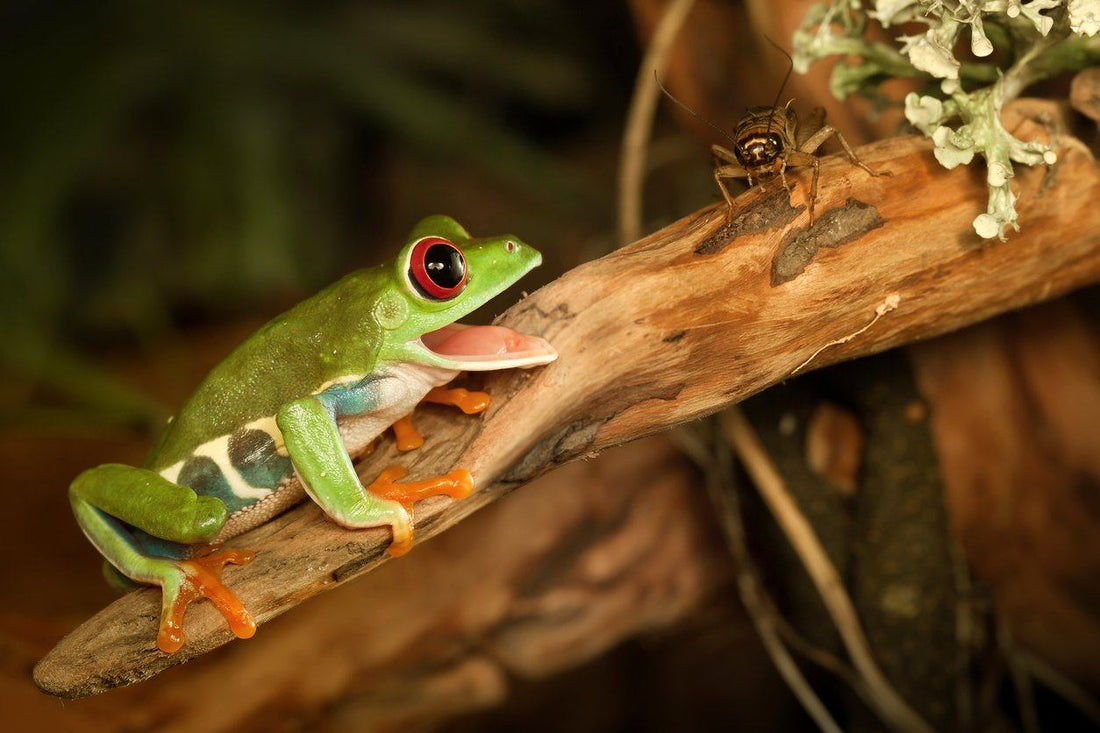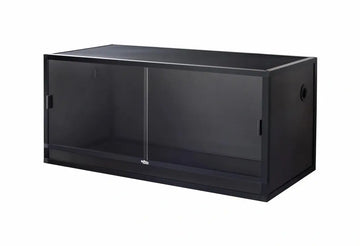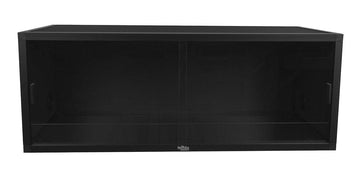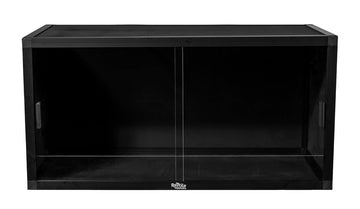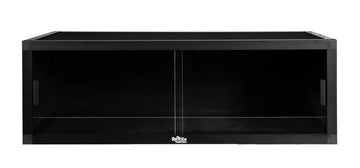If you’ve been in the reptile hobby for any amount of time, you’ve probably heard that gutloading is important to your pet’s nutrition and overall health. Of course, that information isn’t very helpful if you don’t know what gutloading is in the first place. So what is gutloading?
Gutloading is the process of strategic feeding in order to increase a feeder animal’s nutritional value in preparation for consumption. In other words, gutloading applies the principle of “you are what you eat” to make feeder animals more nutritious. The nutritional value of a feeder insect can vary widely depending on what it’s been fed, so it’s important to pay special attention to what you’re feeding to them.
Gutloading vs Feeding
When you simply feed insects, the intention is to facilitate growth and breeding. At very least, the goal is to keep them alive.
When you gutload insects, the intention is to maximize their nutritional value to prepare them for feeding to another animal.
Although these two approaches can and often do overlap, it’s important to recognize the differences between them. For example, non-gutload insect diets, particularly those formulated to encourage breeding, can be too high in protein for reptile safety. As another example, oranges are a well-known trick for encouraging dubia roaches to breed, but citrus isn’t safe for reptiles to eat, making it inappropriate as a gutload.
What Should You Use to Gutload Insects?
A good gutloading regime should be plant-based, as it is low in protein, compatible with a wide range of feeder insects, and generally offers the widest spectrum of nutrients. You can use branded gutloads like our Dubia Diet, or a rotation of fresh Organic fruits and vegetables. Be sure to thoroughly wash the Organic produce before offering it to your Dubia. Using a combination of both seems to produce the best results.
When choosing a branded insect diet, look at the ingredients list and guaranteed analysis. The guaranteed analysis should have protein less than 20% and a balanced calcium to phosphorus ratio. Look for ingredients like alfalfa, fruit, edible flowers, calcium carbonate, and bee pollen. Avoid bran-based diets if possible, although other grain components like pearl barley, oats, rice powder, and wheat germ are fine. And of course, avoid unnecessary chemicals and artificial colors/flavors.
When choosing fresh foods to offer to your feeder insects, choose Organic fruits and vegetables that are nutrient-dense and low in phosphorus. Using a rotation of foods will encourage self-selection behavior in the insects, which often results in better appetite and more well-rounded nutrition. Here is a quick list of fruits and vegetables you can use for gutloading:
- Acorn squash
- Apples
- Alfalfa
- Blackberries
- Blueberries
- Butternut squash
- Cactus fruit
- Carrot (root and greens)
- Collard greens
- Dandelion (greens and flowers)
- Hibiscus (greens and flowers)
- Kale
- Kelp
- Opuntia cactus pads
- Pumpkin
- Raspberries
- Spinach
- Spirulina
- Strawberries
- Yellow squash
- Zucchini
As a general rule, if it’s safe for a reptile to eat, it’s safe to use to gutload your bugs. In addition, probiotics and bee pollen can help produce healthier feeders that also support your pet’s natural gut flora. Brewer’s yeast also makes a good quality and popular supplement.
Of course, make sure to replace the insects’ food regularly to prevent mold from growing. Mold can kill the bugs, or even make your pet very sick!
How Long Do You Need to Gutload Before Feeding?
The minimum amount of time recommended for gutloading a feeder insect before offering it to your pet can vary depending on the species and their rate of digestion. For example, crickets and locusts digests quickly and can be effectively gutloaded in just 24 hours. On the other hand, dubia roaches have a long digestive tract, and should be gutloaded for 3 days prior to feeded for best results.
When in doubt, 48 hours prior to feeding is a good minimum to shoot for.
Conclusion
Dusting feeder insects with calcium and vitamin powders isn’t enough. To make sure your pet is getting the best nutrition possible, it’s important to thoughtfully gutload those insects for at least 48 hours before feeding. When you pay attention to your pet’s nutrition, your pet will be likely to live longer and with fewer vet visits.

